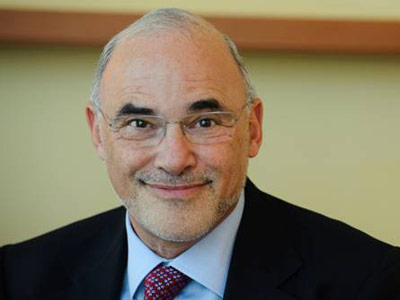Could HP keep the $99 TouchPad alive with a mobile ad business? (No.)
 HP sold out of its $99 TouchPad tablets, and it’s even making some more before stopping for good. But could a new business model help HP keep making the TouchPad forever?
HP sold out of its $99 TouchPad tablets, and it’s even making some more before stopping for good. But could a new business model help HP keep making the TouchPad forever?
One reader — affiliated with a mobile ad network — emails:
Why not continue sales at the ‘slashed’ price and make up the difference by creating a mobile ad strategy or app economy? Similar to how Android releases a free OS and makes significant money on mobile advertising, HP TouchPad can market its ‘cheaper than Apple’ tablet and make back that revenue through mobile ad sales.
Well, not really — the short answer is no. There are many problems with this idea:
- HP CEO Leo Apotheker actually wants to get out of the tablet hardware business. He is an enterprise software guy, and that’s what he wants to turn HP into.
- The Google analogy isn’t valid because Google only has to fund the development of the Android software platform, not millions of pieces of hardware.
- HP has no way to generate revenue from ad sales, as it does not own an ad network. (Presumably, this is a pitch to get HP thinking about buying a mobile ad network? Perhaps the ad network submitting this very pitch?)
- Even if HP owned an ad network, there’s no easy way to guarantee it would be the one that app publishers and websites used. iPhone app publishers use many different ad networks, including Google’s, Apple’s, others, etc.
- The revenue generated from apps isn’t very profitable — not nearly as profitable as the revenue Apple makes selling the iPad at full-price. And a fledgling mobile ad business probably isn’t very profitable either. (We’ll find out when one eventually files to go public.)
- HP could potentially bake ads into the core OS interface, but that idea has many of its own problems, ranging from development time to annoyed customers to enticing people to hack their TouchPad to remove ads.
So, it’s pretty clear that this isn’t going to happen. But, just for the sake of argument…
- Let’s assume the TouchPad costs ~$300 to make. If HP were to sell it for $100, it would need to make $200 back in ad revenue over ~2 years to “break even.” (You’d also have to somehow force people to keep using the TouchPad actively for 2 years, and not to just get rid of it and buy another new one for $99 when it comes out the next year.)
- Let’s assume roughly $1 of revenue per 1,000 ad impressions. This is low-quality ad inventory — and it’s people who are too cheap to buy an iPad — but we’ll assume one ad per page, decent fill rate, decent-sized ads, etc. And that HP is in charge of selling 100% of it.
- To make $100 per year, then, TouchPad owners would need to look at 100,000 HP-brokered ads over the course of the year. That’s about 274 ads per day. Or about 11 ads per hour, 24 hours a day.
- In other words, you’d have to look at an ad every 5-and-a-half minutes, all day and night, 365 days a year. Or if you assume 3 hours of tablet usage per day, that’s an ad every 40 seconds. Sounds like a great user experience! Jeez, the guy from Lost only had to punch in the numbers every 108 minutes…
- Flipping the equation around, let’s say that a user can see one fancy HP ad every 5 minutes, and that they use the TouchPad for 3 hours per day, every day. (Remember, the average American watches 5 hours of TV per day.)
- At that rate, to generate $100 per year, HP would need ads that generate $8 per 1,000 impressions — highly unlikely. Again, that’s just to “break even” on the top line, not even factoring in all the new costs of running an ad network.
Now you see why Amazon only started the ad-subsidized Kindle with Special Offers with a $25 discount. I do think ad-supported gadgets will be more common in the future, at higher subsidies. But it will take a while before the economics are clear and profitable. Even if HP could get a much higher ad rate than the one we quoted, it would still be an extremely tough equation. And Leo Apotheker isn’t about to be a test pilot.

Check out my new site: The New Consumer, a publication about how and why people spend their time and money.

